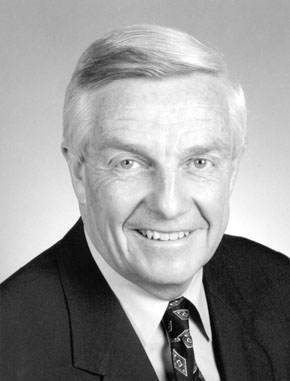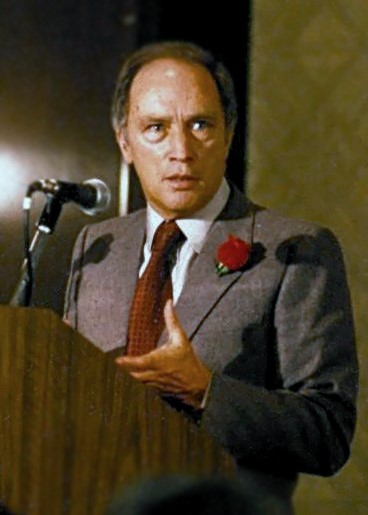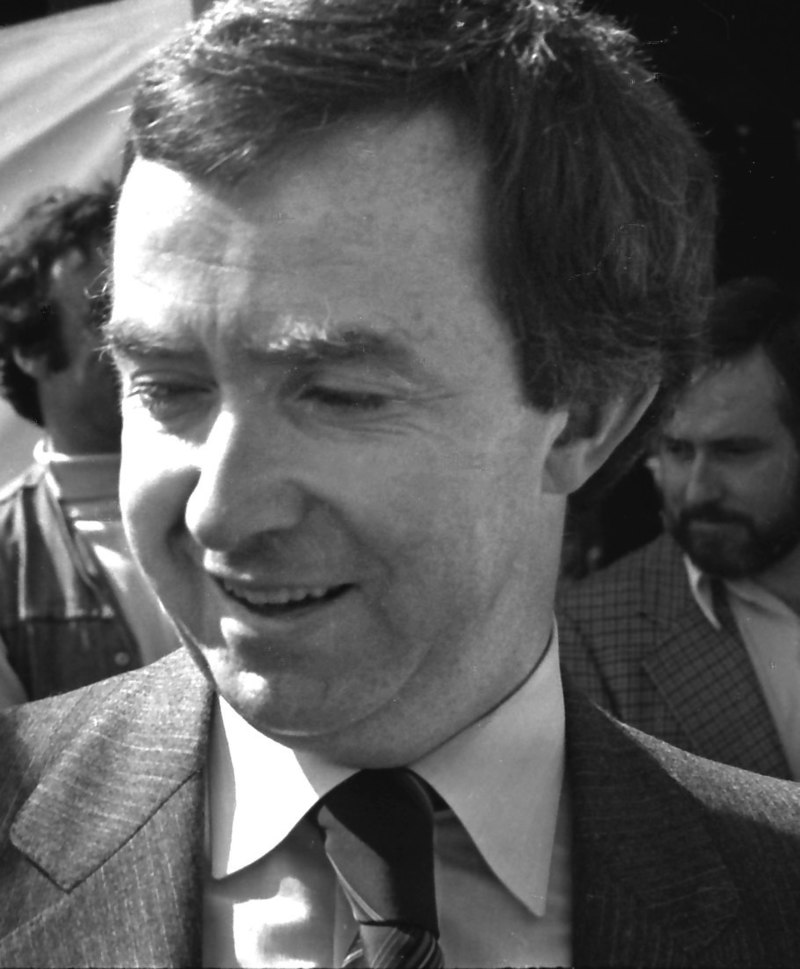During the fall of 1980, I had resumed my second year of doctoral studies in political science at the University of Alberta. It was my second autumn in Alberta. As earlier excerpts indicated, there was a considerable amount of anxiety in the political realm. Joe Clark’s government had been defeated at the polls in February 1980. Pierre Elliott Trudeau returned with a renewed majority.
Of course, the setting was post-National Energy Program, and Lougheed’s cabinet had gone across the province soliciting feedback on their performance. This intelligence was put to good use as the Alberta government was feeling financially flush with oil royalties and general tax revenue. But Canadian and Alberta consumers were squeezed financially with sky-high short-term interest rates over 20 per cent and high gasoline prices. About this time a recession dawned in North America and Europe, increasing political anxieties in Edmonton and Ottawa.
In the first memorandum, Executive Director of the Premier’s Office, Bob Giffin, summarizes well the Cabinet’s learnings from its provincial tour that autumn. As the six point list shows, little has changed in Alberta over the past four decades- except for the environment. These common themes were: highways, seniors’ housing, provincial buildings, more hospitals, municipal taxes, and education.

FROM: Bob Giffin
Executive Director
Office of the Premier
TO: Honourable Premier Date: December 16, 1980
All Cabinet Ministers
SUBJECT: CABINET TOUR FOLLOW-UP
Further to the cabinet tour follow-up report reviewed by cabinet on December 9th, 1980, the following are the areas of concern about which we received the greatest number of submission during the tour.
- Improvements in roads and highways requested.
- Request for more senior citizen housing and facilities.
- Request for government building (A.L.C.B., Treasury Branches, etc).
- Request for increased hospital facilities.
- Requested review of assessment and Taxation under the County Act and Municipal Taxation Act.
- Concerns regarding education, ranging from representation on school boards to quality of Education.
Bob Giffin
In the next extract, the top civil servant in Alberta, Harry Hobbs directs that the Provincial Treasurer, when preparing for the 1981-82 budget, report back on provincial government and public sector employment. This request reflects concerns about whether rural towns were getting their fair share of public sector employment growth. The second issue concerned the growth of the public sector, relative to general employment.
The first graph below, derived from the 24 February 1981 tabular report from Treasury, did not provide breakdowns between urban and rural areas. This request would typically not be responded to by the non-partisan public service. Presumably this was easy since little or no data was then available on regional employment.

Source: By Pierre_Elliot_Trudeau.jpg: Chiloaderivative work: Jbarta (talk) – Pierre_Elliot_Trudeau.jpg, CC BY-SA 3.0, https://commons.wikimedia.org/w/index.php?curid=9487779
The chart belows addresses the relative growth of the public sector versus the full labour force over the 1970s. The data is problematic because they did not include employment in hospitals, school boards, and municipalities. However, it does show that the growth of Alberta’s core public sector did not grow dramatically faster than the general employment levels which grew by very rapidly during the protracted boom from 1973-1981.
The second chart illustrates the rapid growth in the public service relative and full labour force in the 1970s. This relative growth was fast during 1971-73, then tapered off as Lougheed’s new government modernized the bureaucracy after 35 years of Social Credit administrations. Public sector workforce growth seemed less of an ideological concern about a large provincial state. Rather the focus at the time was on the distributional aspects of jobs throughout the province.

Provincial Archives- Accession # 86.245, File 639,

Provincial Archives- Accession # 86.245, File 639,
FROM: Harry B. Hobbs
Deputy Minister
Executive Council
TO: Hon. L. Hyndman DATE December 30, 1980
Provincial Treasurer
SUBJECT: 1981-82 Budget Overview, December 19, 1980
During a discussion of the total growth in Manpower in the Alberta government’s budget, the committee requested that treasury undertake a review and prepare a report on Manpower growth as follows:
a) proportion of people working in Alberta supported by Alberta Government funding( including civil servants) as a proportion of total employed in the province since 1971;
b) if the same rate of growth in programs occurs in the next few years since 1981, what Manpower growth is anticipated per year;
c) has the number of civil servants employed outside the large centres grown in proportion to the population growth outside the larger centres.
Harry B. Hobbs
cc: Mr. A.F. Collins

Source: By Canada Jack aka Jeremy Gilbert – Own work, CC BY-SA 3.0, https://commons.wikimedia.org/w/index.php?curid=5122978